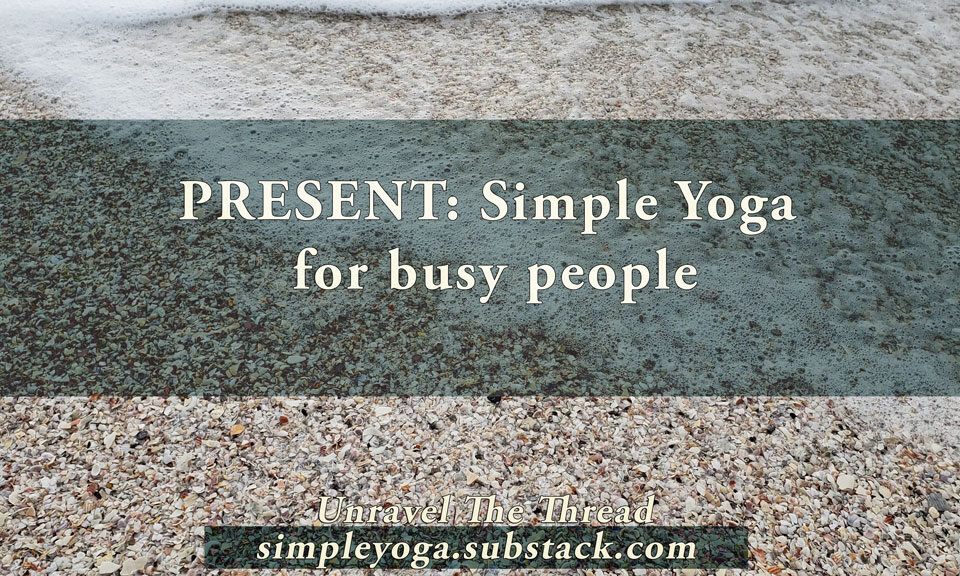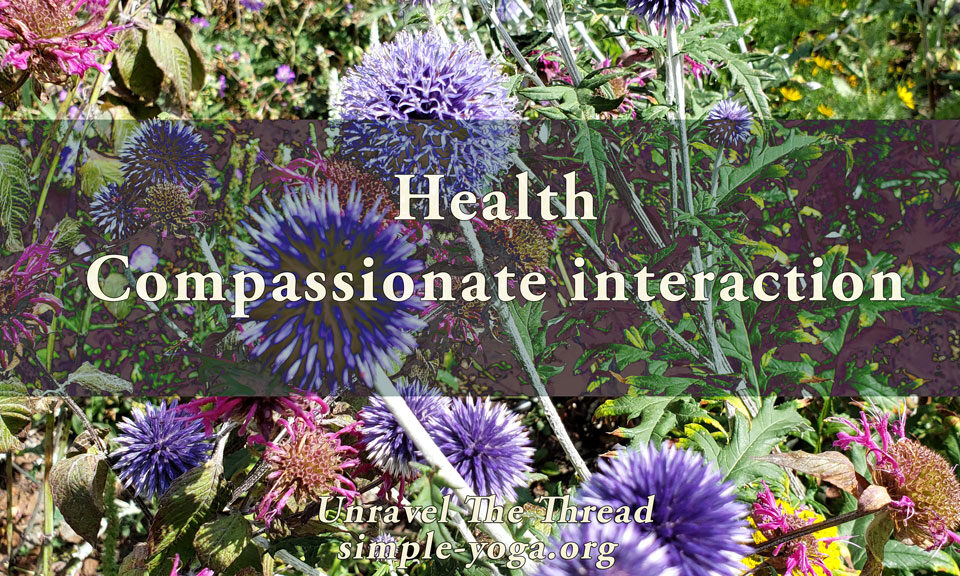4 Easy ways to keep your lower back free of pain with Yoga
March 17, 2014Increasing Shoulder Flexibility with Yoga
August 2, 20144 Easy ways to keep your lower back free of pain with Yoga
March 17, 2014Increasing Shoulder Flexibility with Yoga
August 2, 2014Complete Yogic Breathing for Health, Calmness and Concentration


If you are alive, you are breathing. A remarkable aspect of the respiratory system is that it can work automatically, that is without our conscious intervention; but the breathing system can also be directed by our conscious mind. In yoga we know that the quality of our breath has a powerful influence in the quality of our life, in the way we feel physically, mentally and emotionally.
As a student of yoga I have been exploring a variety of ways of breathing for a number of years and i remember that it was quite confusing to know how i was “supposed” to breathe during the practice of yogic postures. Most of us, are never trained in the art of breathing and thus it is not surprising that we may not be very aware of the wide range of options that we have for breathing. For instance, on a regular basis I notice that some people, in order to calm the mind and feel peaceful, try to take “a deep breath” as a forceful inhalation into the upper chest, and they experience some confusion when they feel that “deep breaths” seem to have the opposite effect to the one they are looking for. The explanation is that breathing intensely into the upper chest tends to generate a response of alarm and, in many people, it can also create a feeling of anxiety.
When exploring breathing techniques, it is common to come across the word diaphragmatic breathing. However, i have learned that the definition of diaphragmatic breathing is different for different people. Some people even argue that all breathing (with very few exceptions) is diaphragmatic because it involves the diaphragm, the main muscle in the breathing process.
The video below offers a, hopefully simple, approach to breathing that guides you into deep and easeful complete breaths in a way that connects you with the complete range of movement of the diaphragm. I find that breathing in this way can help us improve our general health, it can calm our mind and it can be a helpful tool to focus the mind. Please keep in mind that there is no need to struggle, strain or force. This is important! The breath needs to flow without abruptness and without any agitation. Notice towards the end of the video that there is a way to make this exercise even more powerful.
[youtube=http://youtu.be/mgzH-zZ1zsI&w=420&rel=0]
Since many of us have not been practicing this type of breath,it may take several weeks for us to grow in our awareness of the expansion of the torso. So, this way of breathing can also teach us how to be patient. It is worth giving this exercise your time and attention every day. As you do, notice the effect that complete yogic breathing has on you at all levels. I hope that you enjoy breathing this way and I invite to try this way of breathing during the practice of yoga postures and before practicing meditation.
Enjoy the journey of becoming intimate with your breath.
Namaste,
rubén
Simple guided meditation with Rubén

